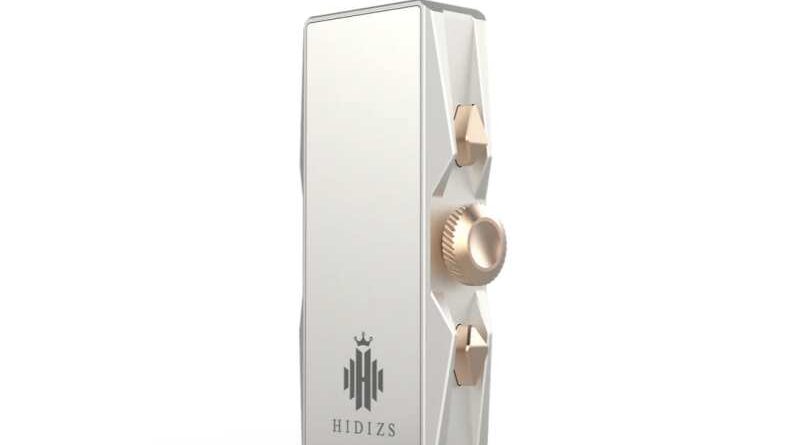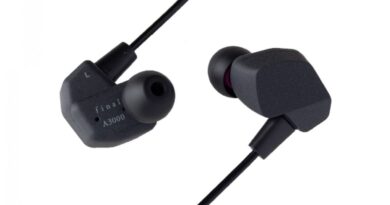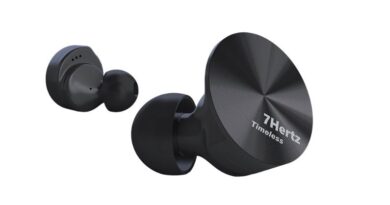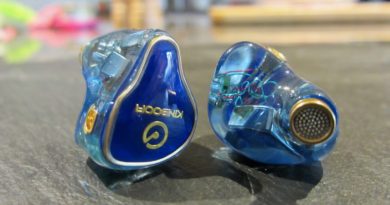HIDIZS S8 Pro Vs S9 Pro Plus DAC Dongle – We Are Professionals, Don’t Try This At Home
ENTER HERE
So the HIDIZS S8 Pro ($79) is another incremental update to the original S8 which we reviewed here. The S9 Pro Plus ($89) was also reviewed by Loomis and I now have both in my possession for analysis. These names are rather hilarious at times with the Pro, then the Pro Plus, etc, it is really hard to not get confused. HIDIZS has also been inspired by the natural world with the MP145 (Whales) and now the S8 Pro Robin (Birds).
Not sure where Martha fits in with this theme, but reminds of my Aunts not to be confused with Ants. Time to compare a CS43131 dual DAC implementation against an ES9038Q2M from the same manufacturer, lets get right to it.
PACKAGE AND DESIGN
The package of the HIDIZS S8 Pro Robin is rather generous, with a USB-C to USB-C cable, USB-C to USB-A adapter, and a USB-C to lighting adapter. The power consumption of the S8 Pro is about 30ma compared to the S9 Pro at 90ma. This will make it more battery friendly than the S9 pro.
A USB-C OTG cable is packaged with the HIDIZS S8 Pro Robin along with a USB-C to USB-A adapter and a less common USB-C to Apple Lightning adapter. The Lightning adapter is what sets this apart from S9 Pro Plus. The lower power draw might be the reason for this, or it could also be the OTG adapter. I find the OTG adapter matters which way it is plugged in for some devices, whereas the S9 Pro Plus cable does not seem to matter.
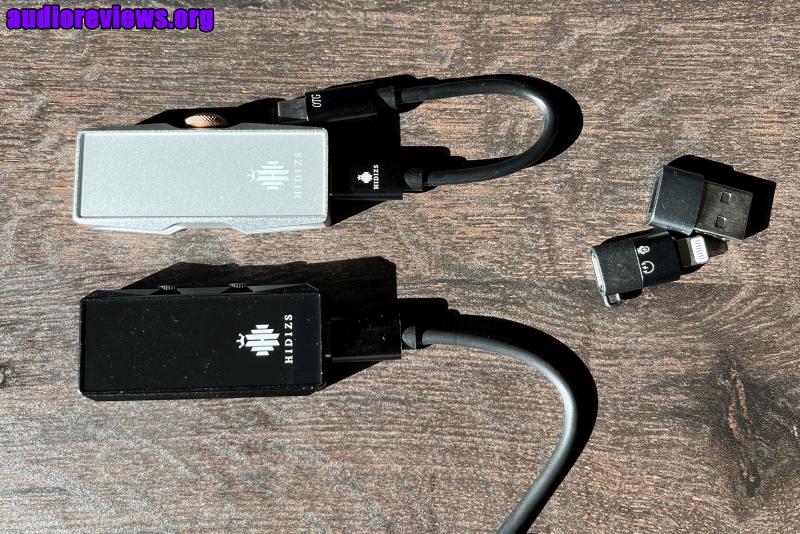
The S8 Pro Robin egg shaped controls offer volume up and down, and double as filter selection types when pressed simultaneously. The larger knob shaped button controls play pause and can easily accidentally trigger in a pocket despite design wings to follow the bulging button line. The shape and size is very familiar to the S9 Pro Plus and looks otherwise classy with the glowing green logo.
Six filters can be cycled through with curiously named filter types, some oxymoron like fast slow filters. The naming does not exactly explain what is occurring, I assume NOS means Non-oversampling, but “Deem phasis” has to be a typo along with high pass filter is the opposite of what all these filters are, which are low pass filters to deal with anti-alias sampling effects.
The low latency phase compensated and wideband filters are the only ones that make sense to those that understand what these filters are designed to do and follow a more standard industry norm. It might just be a translation issue?
Power output is a measly 80mW single-ended vs 160mW for the balanced connection at 32ohms. Not a super powerhouse, although that does not appear to be the goal, which instead looks like compatibility is the main focus. It struggled to do justice in the bass department for the low impedance IO Audio Volare I am currently reviewing, but paired better with mid level impedance IEMs.
The Hidizs S8 Pro offers DSD playback up to 256, the S9 Pro Plus pushes that to 512. Both skip MQA playback, and seems to be a dying niche anyway, this helps keep costs down for features few might never use.
SOUND
Tested on LG G8, IPhone SE, HIDIZS AP80-ProX, with Sennheiser IE 200, IO Audio Volare, Oppo PM3, Drop HD6XX
The Cirrus Logic CS43131 dual DAC configuration in the HIDIZS S8 Pro Robin does have a loyal following, as some prefer it over the ESS and AKM similar lineup. It has a more analog sound with nothing acting as a breakout star. Tame bass neutral midrange and smooth treble describes the overall feel.
The S8 Pro bass has a thinned out bass compared to the more powerful S9 Pro Plus, Hidizs AP80X -Pro, and even my LG G8. Those devices tend to sound warmer and fatter and punchier, the S8 cleans and smooths everything. Treble sounds less edgy on the S8 Pro cymbals sound more damped. If you have an overzealous set of IEMs, that might help to tame it. Loomis is spot on because the S9 Pro Plus has a more “adrenalized” signature.
When paired with the Oppo Pm3, the differences stand out even further with less warmth, and more midrange focused the Hidizs S8 Pro becomes. Pushing it harder with the Sennheiser Drop H6XX, things do not shape up. Power output is plenty when nearing the 80 percent mark on volume, but it sounds less HIFI and feels more limited with again most of the energy focused throughout the midrange.
Midrange vocals have a more studio quality less air around voices like the S9 Pro Plus. I would not call it dull, but it has a dry presentation. Even brass instruments sounded more lively on the S9 Pro Plus again due to its more biting nature.
Going against the Turthear Shio, the S8 still sounds bassier with the SHIO accentuating the midrange and grunge of AC/DC. The S8 Pro sounds ironed out flat front to back and integrated with the staging. The Truthears Shio breaks out instruments further providing a separated aspect the S8 Pro tends to skip.
FINALE
Given such a close price of $79 for the S8 Pro and $89 for the S9 Pro Plus between these two dongles, unless you want lower power consumption, better compatibility and a Lightning adapter, my preference is towards the S9 Pro Plus. While the S8 Pro has interesting design elements going with bird feature names, the sleeker form factor of the HIDIZ S9 Pro plus is more pocket friendly with nicely protected buttons and not possible to pause on you while you move around.
Disclaimer: Sent free of charge by HIDIZS, with instructions on launch dates and a suggestion of publish date, me being the Rebel that I am took my sweet time publsihign when I was ready. We appreciate HIDIZS for keeping us in the loop on their new products.
HIDIZS S8 PRO SPECIFICATIONS
- Dual 32-bit High-performance DAC Balanced Architecture – CS43131×2
- PCM Supports Up to 32bit/384kHz
- Native DSD 64/128/256
- 4.4mm Balanced & 3.5mm Single-ended Output
- CNC Aluminum Alloy Integrated Molding
- Practical Function Buttons (volume +-/filter switching)
- Sampling Rate Indicator
- 80mW+80mW@32Ω 3.5mm SE / 160mW+160mW@32Ω 4.4mm BAL
- Compatible with All platforms: Windows/Mac OS/iPad OS/Android/iOS/Harmony OS
- Hi-Res Audio Certification
- Frequency Response: 20Hz-45kHz
- Distortion: PO (3.5): 0.0005%, BAL (4.4): 0.0006%
- Signal-to-noise ratio: PO (3.5): 125dB, BAL (4.4): 128dB
- Separation: PO (3.5): -74dB, BAL (4.4): -110dB
- Output power: Up to 80mW+80mW SE 3.5mm / Up to 160mW+160mW BAL 4.4mm
DISCLAIMER
Get it from the HIDIZS STORE or other retailers.
Our generic standard disclaimer.



